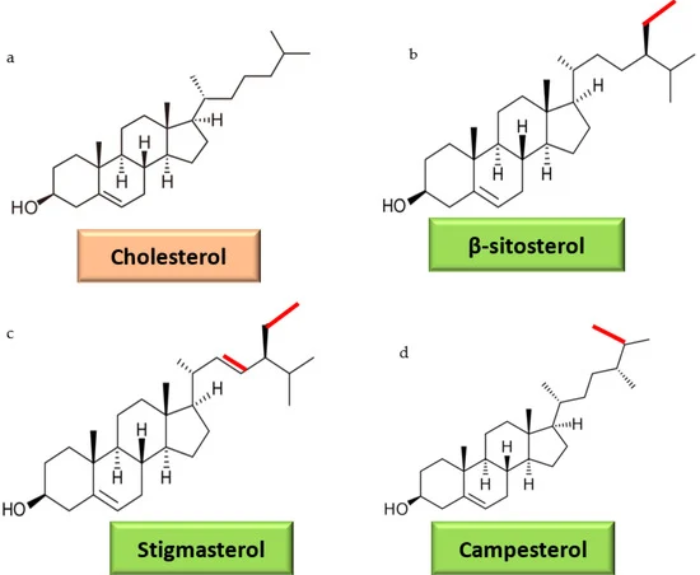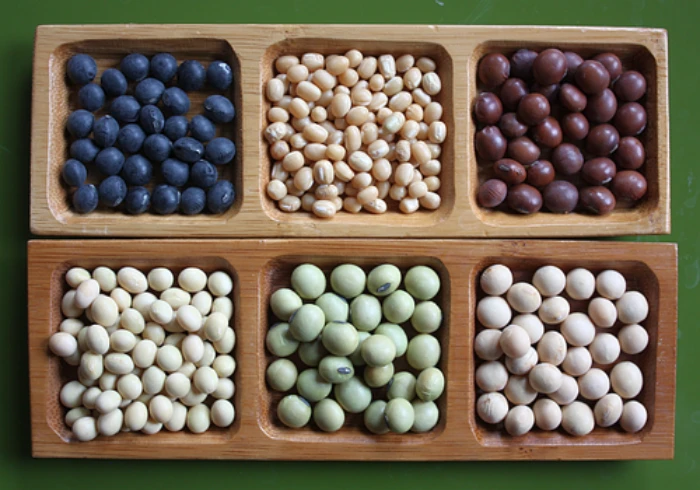New Study Unveils Potential of Traditional Chinese Medicine in Stroke Treatment
Radix Paeoniae Rubra (RPR), a well-known component in Traditional Chinese Medicine (TCM), has long been utilized for treating cardiovascular and cerebrovascular ailments. A recent study has shed light on its potential efficacy in addressing ischemic stroke, a condition that has puzzled medical practitioners for years. This research combined network pharmacology, molecular docking, and experimental validation to unravel the mechanisms by which RPR might combat ischemic stroke.
The investigation revealed encouraging results in animal models. Mice subjected to transient middle cerebral artery occlusion (tMCAO) – a method used to simulate ischemic stroke – showed marked improvements when treated with RPR. The therapy led to enhanced neurological deficit scores, reduced infarct sizes, and alleviated brain edema symptoms.
Delving deeper into the molecular realm, the study identified four core targets – MAPK3, TNF-α, MAPK14, and JNK – that play crucial roles in RPR’s therapeutic action against ischemic stroke. These targets demonstrated strong affinity with two key active components of RPR: albiflorin (AF) and β-sitosterol (BSS).
Western blot analysis further elucidated the potential mechanism of RPR in treating ischemic stroke, suggesting that it operates by regulating the MAPK signaling pathway. This pathway is known to be involved in various cellular processes, including inflammation and cell survival, which are critical factors in stroke recovery.
An intriguing finding of the study was that RPR and its main active ingredients exhibited a significant inhibitory effect on platelets. This anti-platelet action could be a contributing factor to RPR’s protective effect against ischemic stroke, as platelet aggregation is a key component in the formation of blood clots that can lead to stroke.
In conclusion, this comprehensive study suggests that RPR may alleviate ischemic injury through activation of the MAPK signaling pathway, with its protective effect potentially stemming, in part, from its ability to inhibit platelet activation. These findings open up new avenues for the development and utilization of RPR as a natural, edible material for the prevention of ischemic stroke and as an anti-platelet therapy.
Commentary by SuppBase columnist Alice Winters:

The exploration of Radix Paeoniae Rubra (RPR) as a potential treatment for ischemic stroke represents a fascinating intersection of traditional wisdom and modern scientific inquiry. This study’s multi-faceted approach, combining network pharmacology, molecular docking, and experimental validation, provides a robust framework for understanding RPR’s mechanisms of action.
From an ingredient analysis perspective, the identification of albiflorin and β-sitosterol as key active components is particularly intriguing. These compounds have been subjects of interest in various health contexts, and their strong affinity with the identified core targets (MAPK3, TNF-α, MAPK14, and JNK) suggests a promising direction for further research.
The study’s focus on the MAPK signaling pathway is noteworthy. This pathway plays a crucial role in cellular responses to external stimuli and has been implicated in numerous pathological processes. The finding that RPR modulates this pathway in the context of ischemic stroke adds a layer of mechanistic understanding to its traditional use.
Perhaps one of the most exciting aspects of this research is the observed anti-platelet effect of RPR and its main active ingredients. Given the critical role of platelet aggregation in stroke pathogenesis, this finding could have significant implications for both preventive and acute stroke care.
However, it’s important to note that while these results are promising, they are primarily based on animal models and in vitro studies. The translation of these findings to human subjects will require extensive clinical trials to establish safety and efficacy.
From a market perspective, this research could potentially open new avenues for the development of natural stroke prevention and treatment options. With the growing interest in traditional medicines and natural remedies, RPR-based products could find a receptive market, especially among consumers seeking alternatives to conventional pharmaceuticals.
That said, it’s crucial to approach these findings with caution. While Traditional Chinese Medicine has a long history of use, the rigorous scientific validation of its components is still ongoing. Consumers should be aware that natural doesn’t always mean safe or effective, and any use of RPR-based products should be under professional guidance.
In conclusion, this study on Radix Paeoniae Rubra offers a tantalizing glimpse into the potential of traditional remedies in addressing modern health challenges. It underscores the value of interdisciplinary research in unlocking the secrets of natural compounds and paves the way for future investigations that could bridge the gap between traditional wisdom and evidence-based medicine.



